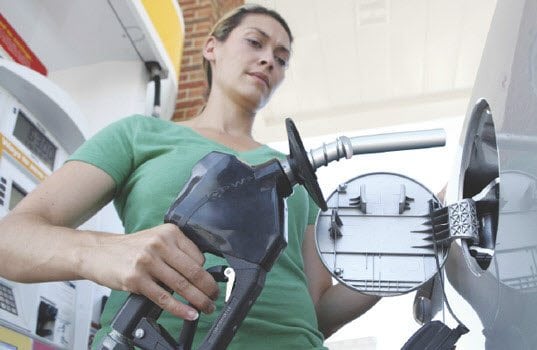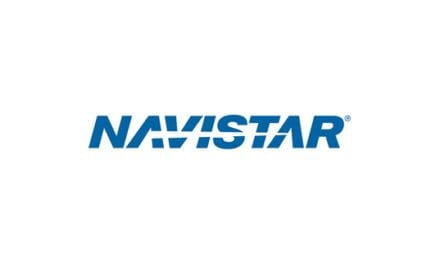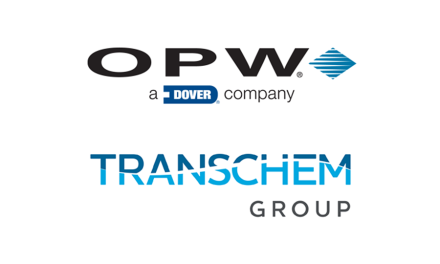- Double-Wall Spill Containers. Installed in the same space as single-wall spill containers, but significantly improve reliability, monitoring, leak containment and serviceability. Marketers are required to install double tanks and piping, so it only makes sense to have double-wall spill containers. More fuel is introduced into the ground at the fill point than any leaking tank or piping.
- The interstitial space on the double-wall bucket also makes it easy to test the integrity of the bucket by using a vacuum versus filling the spill bucket with water that will then be contaminated and must be disposed of properly. Again, the EPA now recognizes the need to test this equipment periodically instead of just at initial installation. Double-wall spill containers will be much easier and less expensive to test.
- Replaceable Single-Wall Spill Containers. Affordable, easy-access spill containers that do not require concrete to be broken during their installation and meet all requirements of the 1998 and 2015 UST regulations in the United States.
- Rigid Entry Fittings. Have minimal exposed rubber and the sealing redundancy throughout the fitting provides maximum containment and protection from water intrusion, even after ground shifting. No longer do retailers have to deal with the cost and unreliability of fiberglass or steel piping and joints that need to be glued. This fitting can be repaired, replaced or maintained from inside the sump versus a welded or glued joint that would require replacing the entire containment sump. The glued or welded entry fittings provide no relief from shifting ground and simply provide a shear or break point for the product piping.
In addition to the physical improvements to underground equipment, there has also been a huge leap forward in smart technologies that are giving service-station operators a mobile access point to their sites at all times via smartphone and other evolving communication technologies. These technologies provide the capability for the operator to review and access information instantly, letting the operator know if a UST system is not working properly or even if it has been installed correctly. This fingertip information in real-time will help operators identify and correct leaks, spills and overfills before they can even occur, which creates an added level of safety for both the consumer and the environment.
Aboveground
This is truly where the great unknown enters the service-station safety equation: consumers with their various degrees of aptitude and that long list of distractions that we touched upon earlier. Once that fuel moves into the dispenser, it is at the mercy of the person operating the nozzle. To improve the safety of the fueling experience, as well as to protect against driveaway incidents, equipment manufacturers have developed a number of landmark solutions in recent years, including:
- No Flow-, No-Pressure Devices (B-Cap) In Automatic Nozzles. These have been designed for use in retail and commercial fueling applications as a way to help prevent fuel spills. This iteration of fueling nozzle will not open until the dispensing system is pressurized and will close automatically when the pressure is removed, which cuts off the flow of fuel before it can be spilled. UL now requires any nozzles at a self-service station that wants to use hold-open latches to be equipped with this safety feature.
- Emergency Shutoff Valves. These highly sensitive shutoff valves protect against the hazards of undetected shear-groove leaks that may have been caused by low-impact incidents, such as a driver backing his vehicle into the dispenser, or a more dangerous pulled over or dislodged dispenser. They also prevent damaged shear grooves from allowing fuel to leak into dispenser sumps, which reduces the risk of fire, explosion, personal injury, property damage, product loss, environmental contamination and cleanup costs.
- Dry Reconnectable Breakaways. These dispenser components have been designed to deliver an increase level of safety and security in the event of a driveaway incident. Not only are they fast and easy to reconnect, but their method of operation delivers the greatest peace of mind that the breakaway has been securely reconnected. When separation occurs at a designated pull force, the breakaway’s dual valves seat automatically, stopping the flow of fuel and limited spillage, while simultaneously protecting the dispensing equipment.
Conclusion
While a goal of zero fires or explosions at service stations is commendable, it is highly unlikely that that level of safety will ever be realized, mainly because accidents will always happen and the human element cannot be taken out of the equation. But the level of service-station safety has undoubtedly been improved over the past 15 years thanks to the efforts of manufacturers who have designed, engineered and marketed both underground and aboveground equipment and systems that have helped make the fueling experience a better one for site operators, consumers and the environment. The ultimate trick is to educate marketers of these technological advances and any new industry regulations. The even bigger challenge is getting the marketer to pay the few extra dollars that may prevent a catastrophic event.
 Ed Kammerer is the director of global product management for OPW, based in Cincinnati, Ohio, USA. He can be reached at [email protected]. OPW is a leader in fueling solutions and innovations worldwide. OPW delivers product excellence and a comprehensive line of fueling equipment and services to retail and commercial fueling operations around the globe. For more information on OPW, please go to www.OPWGlobal.com.
Ed Kammerer is the director of global product management for OPW, based in Cincinnati, Ohio, USA. He can be reached at [email protected]. OPW is a leader in fueling solutions and innovations worldwide. OPW delivers product excellence and a comprehensive line of fueling equipment and services to retail and commercial fueling operations around the globe. For more information on OPW, please go to www.OPWGlobal.com.










